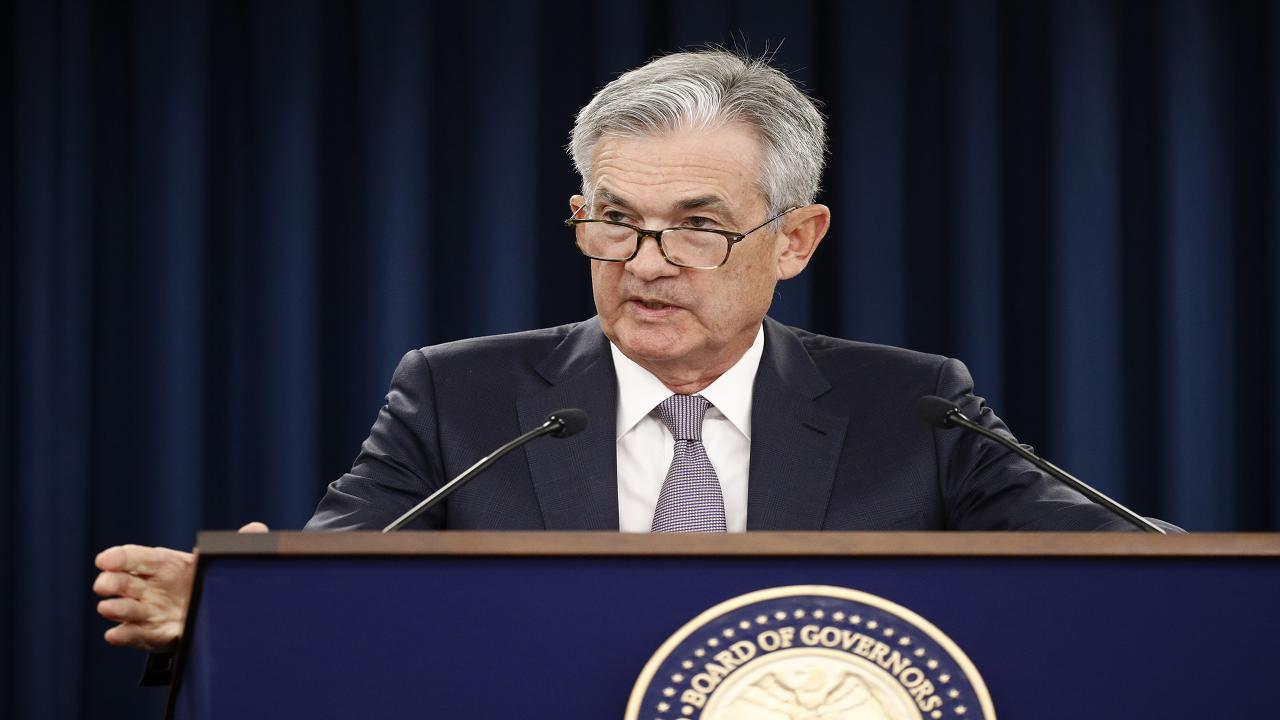Weak economic data in US bolsters chances for Fed rate cut in October
The odds of the Federal Reserve cutting interest rates meeting at the end of October spiked this week, on the heels of lackluster economic data and the worst manufacturing reading in more than a decade — a key harbinger of recession.
When the U.S. central bank cut rates in July — for the first time since the start of the financial crisis — Chair Jerome Powell signaled that while it did not represent the beginning of a long series of deep rate cuts, policymakers were willing to further reduce borrowing costs this year.
True to his word, the Federal Open Market Committee, citing weakening exports and low inflation, voted in mid-September to cut rates by an additional 25 basis points, setting the range between 1.75 percent and 2 percent. Powell declined at the time to call the cut a mid-cycle adjustment, instead stressing that policymakers would “act as appropriate to ensure that the expansion remains on track.”
But the latest economic data suggests the U.S. economy, or at least key parts of it, are slowing.
In September, the Institute for Supply Management's purchasing managers' index fell to 47.8 percent, the lowest level since 2009. Any figure below 50 percent signals a contraction. That reading triggered the start of a stock market plunge, with the Dow Jones Industrial Average shedding more than 800 points over the course of two days. It continued on Thursday, after the services survey showed the economy is weaker than expected.
| Ticker | Security | Last | Change | Change % |
|---|---|---|---|---|
| I:DJI | DOW JONES AVERAGES | 40524.79 | +312.08 | +0.78% |
| SP500 | S&P 500 | 5405.97 | +42.61 | +0.79% |
| I:COMP | NASDAQ COMPOSITE INDEX | 16831.483844 | +107.03 | +0.64% |
And on Wednesday, the ADP National Employment Report revealed the economy added 135,000 jobs last month, slightly fewer than economists expected, spurring fears the labor market is beginning to cool.
"Job growth is definitely slowing," said Mark Zandi, chief economist of Moody's Analytics, during a conference call with reporters. "Businesses have turned more cautious in their hiring. Small businesses have become especially hesitant. If businesses pull back any further, unemployment will begin to rise."
As a result, about 92.5 percent of traders are pricing in the chance of a third, 25-basis point reduction at the Fed’s Oct. 30 meeting, according to the CME’s FedWatch tool. That’s up from 62 percent on Tuesday, shortly after the latest manufacturing reading.
For now, all eyes will be on the Department of Labor’s September jobs report, which will be released early Friday morning and will offer a closer look at the state of the labor market. The U.S. economy likely created 145,000 jobs last month, according to analysts surveyed by Refinitiv — slightly below the average gain of 158,000 jobs year-to-date. Unemployment is expected to remain steady at 3.7 percent, near a 50-year low.
Powell could also shed light on the Fed’s interest rate policy during a speech he’s slated to give in Washington, D.C. on Friday afternoon.

